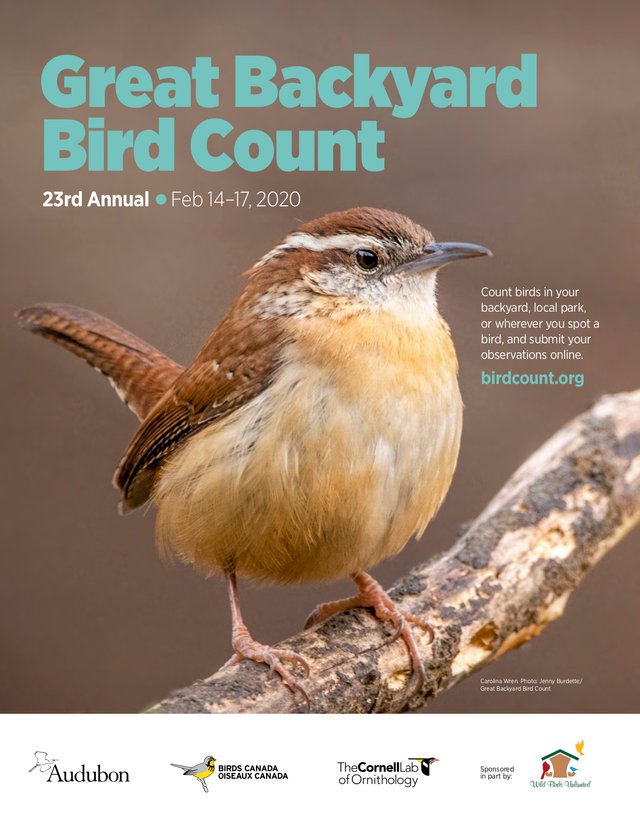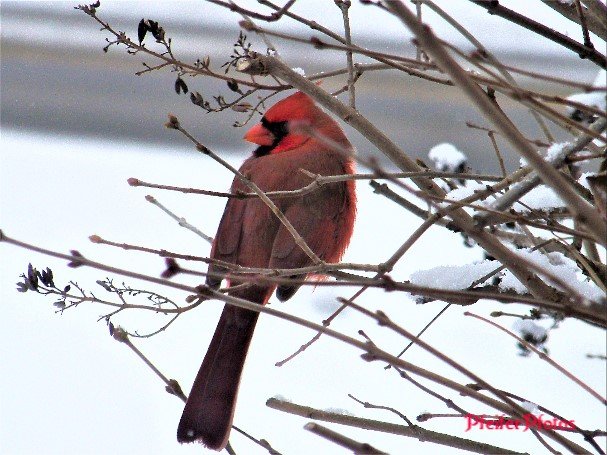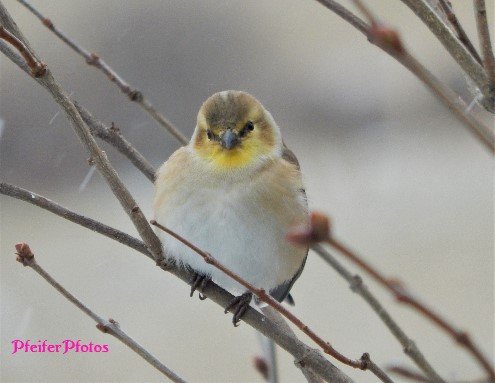The Great Backyard Bird Count Starts Friday February 14th!
Welcome back, it's been about a month since my last post. I continue to participate in Project FeederWatch which runs until early April. This Friday marks the start of another citizen science project that takes place annually for 4 days in February.

To introduce you to this project, I have included the following video:
The following are instructions from the Great Backyard Bird Count Website on how to participate in this study.
Create a free GBBC account if you have never participated in the Great Backyard Bird Count or any other Cornell Lab citizen-science project, or have not participated in the GBBC since 2013. If you already created an account for the GBBC in the past, or if you’re already registered with eBird or another Cornell Lab citizen-science project, you can use your existing user name and password.
Count birds for at least 15 minutes on one or more days of the GBBC. You can count for longer than that if you wish! Count birds in as many places and on as many days as you like—one day, two days, or all four days. Submit a separate checklist for each new day, for each new location, or for the same location if you counted at a different time of day. Estimate the number of individuals of each species you saw during your count period.
Enter your results on the GBBC website by clicking the “Submit Observations” tab on the home page. You may also download the free eBird Mobile app to enter data on a mobile device. If you already participate in the eBird citizen-science project, please use eBird to submit your sightings during the GBBC. Your checklists will count toward the GBBC.
A few of my recent photos:


This study was started in 1998 by the Cornell Lab of Ornithology and the National Audubon Society. It is a worldwide effort that now boasts more than 160,000 participants in more than 100 countries each year.
The study data creates a huge snapshot of worldwide bird populations and movements that is used by scientists. Bird count information is used as indicators for the health of ecosystems, among other things.
This information is more important than ever with the implications of climate change. Since 1970, there has been a decline of more than 1 in 4 birds in North America (over 3 billion birds).
The project also gives you an opportunity to explore other bird counts in your area or any area, and to share your photos by participating in the photo contests.
So enjoy participating in Project FeederWatch and/or The Great Backyard Bird Count, or just simply enjoy watching the birds.
As always, thanks for visiting.